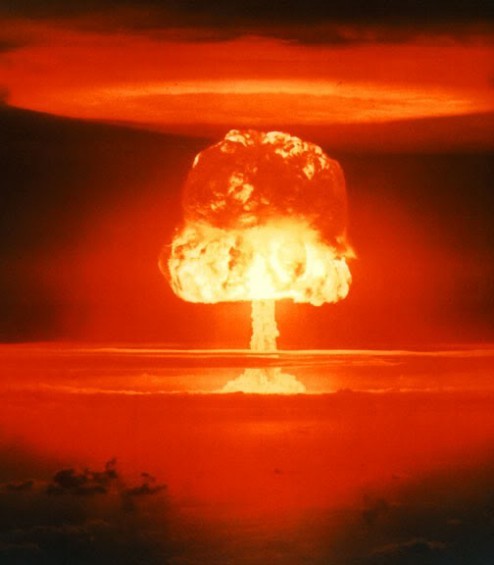Jeffrey on Could the Great Depression Happen Again Project Syndicate
Post on: 3 Июль, 2015 No Comment

CAMBRIDGE: With the remarkable financial turbulence of recent months, many people are asking whether the world could somehow blunder into global recession or even global depression. Could the world-wide financial crisis of 1929-33 happen again? A year ago, the question itself would have seemed preposterous. Now that financial crisis has spread from East Asia to much of Latin America, parts of Africa, and Russia, and it has rattled the stock markets of the advanced economies. The question now deserves a very considered response.
The right starting point is to understand the Great Depression itself, since the 1929-1933 economic crash was a once-in-a-century event. Looking back with the benefit of nearly 70 years, we can see the financial roots of the worldwide crisis. World War I, during 1914-1918, had destroyed the pre-war Gold Standard. Wartime finance had led to high inflation in much of Europe, the U.S. and Asia. After the war, the world spent 10 years attempting to get back on to the gold standard. This attempt, ironically, set the stage for the ensuing collapse.
At the most basic level, there were not enough gold reserves around to back the monetary needs of a growing world economy, especially since the prices of goods had risen sharply as a result of wartime money printing. Thus, the major currencies could be only partly backed by gold reserves. Investors knew that if everybody tried to convert a national currency into gold, there would not be enough gold reserves to go around. This was true not only one country at a time, but also for all countries together that were trying to re-establish the gold standard.
The result was a heightened risk of instability. Central Banks around the world promised that their respective domestic currencies (British pounds, U.S. dollars, French Francs, etc.) could be converted into gold at a fixed exchange rate, even though they did not have enough gold to guarantee the commitment fully. As long as investors were content to hold money rather than gold, the partial gold backing of the money supply was not a major problem. If investors, en masse, attempted to convert their money into gold, however, the system would necessarily break down.
The limited gold reserves created the possibility of a self-fulfilling panic. Investors might be content to hold money instead of gold, along as they believed that other investors would do the same. Once a flight from money into gold began, however, all investors would join the panicked rush for gold, since they each knew that there was not enough gold available to back up all of the currency.
Between 1931 and 1936, almost all gold-standard countries were driven off of the gold standard by financial panics, usually spreading from one country to the next in a ricochet effect. One by one, the Central Banks raised interest rates and tightened credit policies to try to slow the loss of gold reserves. One by one, the countries went into economic depression as they took those highly contractionary measures. In the end, no country on the gold standard was immune. All countries experienced a deep crisis, and virtually all went into economic collapse. The crisis was relieved only many years later, in almost all cases after a country had abandoned the gold standard and was thereby free to reverse the contractionary financial policies of the early 1930s.
With this perspective, we can ask again: Could a global depression occur now? History shows that a global depression results from a simultaneous monetary contraction in all of the major economic centers. The gold standard, combined with investor panic, produced such a simultaneous contraction. Fortunately, we no longer have an international gold standard today. There is no reason why the major economies — the U.S. the Euro countries, Britain, Japan — should simultaneously tighten their monetary policies. It is conceivable that they would do so in a mistaken fit of financial orthodoxy. But there is no compelling reason for the world’s leading central banks to behave in such a manner.
More specifically, one key to overcoming the current financial turmoil, and to avoiding a much worse crisis, is a shift in monetary policies in the leading countries towards greater monetary expansion. For the past year, the International Monetary Fund has been preaching monetary stringency to the developing world. The result, predictably, has been severe economic contraction.
It’s time to end the downward spiral, through sufficiently expansionary policies in the advanced economies of Europe and the United States, and a reversal of IMF monetary advice in the developing world. We should also reject monetary straitjackets — like currency boards and fixed exchange rates — which impose the gold-standard.














